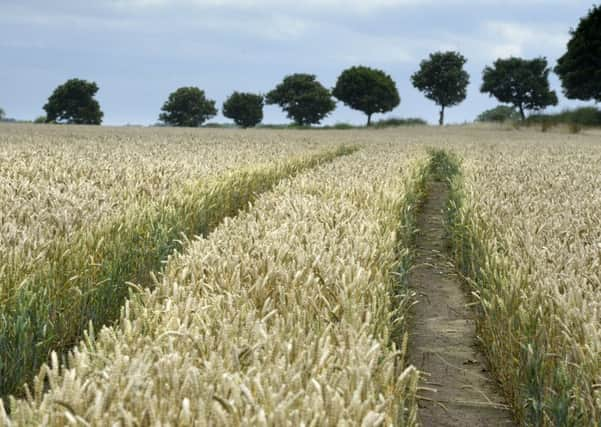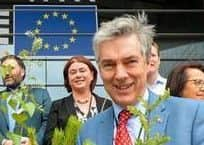OPINION: Farming, food and forestry after Brexit


Why? Outside of the European Union, the UK will also be released from the Common Agriculture Policy (CAP), meaning that the current EU subsidy scheme to farmers will end and be replaced with a UK payments programme with different rules.
The good news for farmers is they have much to offer the UK public that a majority of us would think was well worth paying for with high-quality food being top of the list, along with good animal welfare, flood prevention, wildlife protection and promotion, climate-change mitigation, enhancing the beauty of the countryside, etc. It is a long list and one that even many ‘townies’ would be willing to see their taxes paying for.


Advertisement
Hide AdAdvertisement
Hide AdThe bad news is that there is going to be significantly less money after 2020 because the UK is a net contributor to the EU and without us they will have less money. Hence, after this date a cut to the CAP of somewhere between 10 and15 per cent is coming which the UK Government will then match. Hill farmers are particularly vulnerable as they currently can receive up to 80 per cent of their income in CAP subsidies, a state of affairs that seems unlikely to continue after Brexit.
An emerging and tricky area that will impact us all, town and country, is the future price of food. The Brexiteers have talked of cheaper food when we leave the EU. This is perfectly possible and the UK would be free to import food such as chlorinated chicken from the USA if we wish to do so. But cheap food is not necessarily good food.
The impact of Brexit on land prices is also unclear. Bank managers and land agents looking at farm incomes falling post Brexit may move to write down the overall value of a farm, including the land. A drastic fall in prices is unlikely, but even a small percentage drop could open up more marginal agricultural land for afforestation.
The recent decision to plant a major new forest the size of 650 football pitches at Doddington North Moor, near Wooler, could be just the beginning of a large increase in forest cover across Northumberland, Cumbria and southern Scotland.


Advertisement
Hide AdAdvertisement
Hide AdWith 600,000 trees, Doddington will be the largest forest of its kind planted in England for more than 30 years; that’s almost two trees for everyone who lives in Northumberland. It will deliver five per cent of the Government’s target to plant 11 million trees by 2020, but more planting needs to happen and fast.
Trees can help deliver a whole range of public benefits, including absorbing climate-changing CO2 (Doddington will store 120,000 tons of carbon, the equivalent of taking 25,000 cars off the road for a year), helping to combat air pollution, contributing to flood prevention by trapping more water on hilltops and slowing run-offs, and creating habitats for wildlife. The trees at Doddington will also provide a haven for the red squirrel and boost the local timber industry, ultimately putting twice as much money into the local economy as farming on an equivalent acreage.
Given hill sheep farmers are vulnerable to a reduction in subsidies, the trick may be for them to shift partly, but not completely, into forestry, a trend that is emerging in Scotland. This hybrid approach, sheep and trees, is one form of agroforestry. Currently nine per cent of EU agricultural land is given over to agroforestry, meaning it is not a fringe activity and it comes in many forms.
For instance, Simon and Claire Bainbridge, who farm near Wallington, have recently planted trees scattered over several fields to provide cover from birds of prey to encourage their 12,000 chickens to wander further from their hen house as they produce organic free-range eggs for a major supermarket.
Advertisement
Hide AdAdvertisement
Hide AdWhether on farms or in forests, the region needs more trees, not least because wood is a raw material that can be used by the emerging bioeconomy. The bioeconomy seeks to replace fossil fuels, the primary cause of climate change, with renewable and sustainably sourced products.
We can now make from timber most of the items we have traditionally made from oil. It is a huge opportunity for the region. The North East could lead the way on the bioeconomy and in so doing create the well-paid jobs we need if we are to thrive in the 21st century.
* Paul Brannen, Labour MEP for the North East, sits on the agriculture and environment committees